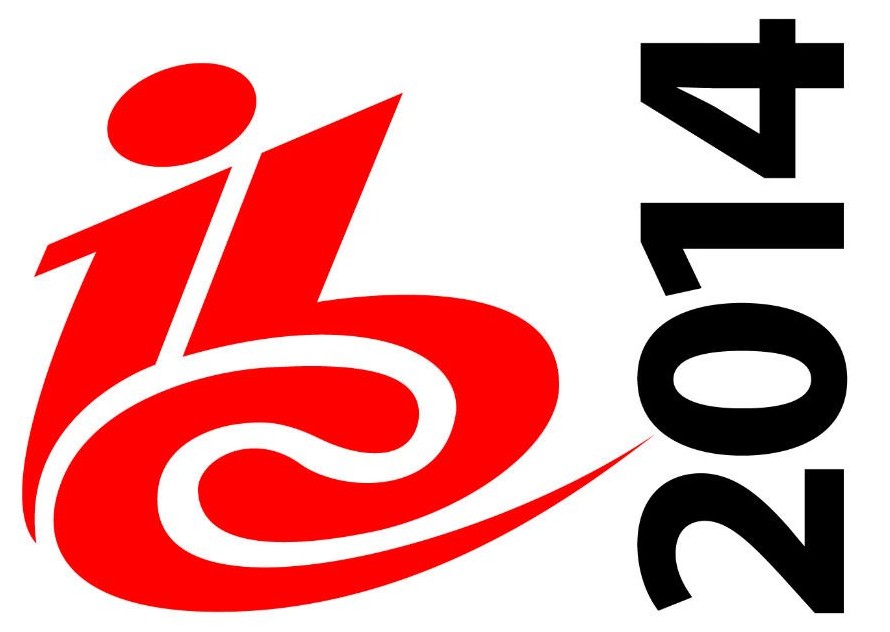
The Internet of Things (IoT) has reached a critical stage in its evolution where it seems to be caught between two tipping points, waiting for the final explosion after the arrival of joined up applications connecting different domains. The first tipping point came around 2014 with proven single domain applications and the arrival of big players in retail such as Staples, energy utility like British Gas and ADT in premises security. That was also the year Google acquired smart thermostat leader Nest. The big data centre systems companies also piled in but more on the enterprise side, such as IBM with a $3 billion investment early in 2015 in its Watson IoT centre based in Munich.
Since then though the sheen has come off IoT a little with mixed signals from the leading players. Google in particular has struggled rather as it did initially with Android TV, with Nest failing to bring out promised new products and recently calling time on its smart home hub for wireless control of end devices called Revolv, which was launched amid much fanfare in October 2014 but then withdrawn in May 2015. It now looks like Google is pursuing a more distributed approach promoting direct interoperability among its own Nest devices without any intermediate hub, but that is not yet completely clear.
Another big US technology company Intel has also found the IoT sector harder going than it expected with its IoT Group reporting reduced revenue growth and a 25% year on year slump in operating income down to $132 million for 2015. The common theme here is failure of the IoT to break out of its silos so that both companies were left connecting their own things.
British Gas has fared better largely because as an energy utility it started with the expectation that it would be confined to its own domain for a while before branching out into other smart home sectors such as security and environmental control. The company instead is focusing on developing the analytics tools it believes will enable wider success in a future joined up IoT and has been investing in real time processing of the large data sets generated by its Hive connected thermostat. Hive allows users to control their boilers and central heating systems remotely by phone, which generates 30,000 messages a second amounting to 40 TB of static data so far, distributed across 30 nodes. Like Google, British Gas has created a dedicated IoT subsidiary called Connected Home, which has built an open source software stack running on the Apache Cassandra distributed database to process data both in real time and offline.
British Gas then is preparing for IoT’s second tipping point, which will come with joined up services that exploit synergy between different domains. IBM shares this conviction from its enterprise-focused perspective, drawing heavily on its cognitive computing work at its Thomas J. Watson Research Centre in New York, with one line being analysis of data from multiple remote sensors for predictive diagnostics. IBM is already enabling Pratt & Whitney to monitor 4,000 commercial engines and obtain early warning of faults that cause costly service outages if left unfixed until later, even if they are not safety critical.
Telcos are of course also intent on capitalizing on the IoT from their position as broadband providers to homes. One early mover is Paris based SoftAtHome, in which three major Telcos are investors, Orange of France, Swisscom and Etisalat based in the United Arab Emirates. The software developer has extended its home operating platform with CloudAtHome to enable centralized control of devices with potential for integration between domains. All such initiatives must support all the key wireless protocols such as Wi-Fi, Bluetooth and Zigbee that IoT devices such as thermostats use to communicate. SoftAtHome uses a hybrid model combining some form of home hub and data repository with cloud-based processes. Such a hybrid approach aims to deliver the required flexibility, security (and privacy), performance and functional breadth. Flexibility comes from being able to deploy processes in the cloud or at home as appropriate, while keeping sensitive data within the local repository will ensure security and privacy. Performance may require some processes to be performed locally to keep latency down while some features may need cloud components.
A close look at this cloud/home distribution shows that in some cases the cloud should be partitioned between remote processes that may be executed in a distant data centre (what is usually called the cloud) and intermediate ones that might be best run at the network edge. This is known as Fog Computing, where some storage and processing takes place more locally perhaps in a DSLAM or even a street cabinet. The argument is that as IoT takes off, a lot of the initial data collection and analytics will be best performed at a Fog level before in some cases being fed back to the cloud after aggregation.
Fog could also work well for enterprise IoT where it might serve as a campus level control and aggregation layer within a larger cloud based infrastructure. It could also play a role as enterprise IoT becomes customer facing rather than mainly concerned with internal or supply chain operations. This could be a third IoT tipping point bringing together enterprise and consumer IT if a recent survey from Gartner is to be believed. This found that while only 18 percent of today’s enterprise IoT deployments are focused on customer experience, this will jump to 34 per cent over the year to Q1 2017. This represents a threefold absolute jump given that Gartner is forecasting the number of enterprises with IoT deployed somewhere to soar from 29 percent now to 43 per cent in a year’s time. Gartner also expects IoT to expand into new service related industry segments such as insurance beyond the heavier industries like manufacturing, utilities and logistics where it is concentrated now.
Such enterprise IoT forecasts have a history of becoming more accurate than some of the over hyped consumer analyst predictions. This means that if consumer IoT does continue to stall it may be dragged forward by enterprises seeking competitive advantage as well as new revenues, as we are seeing to an extent with the likes of British Gas.


